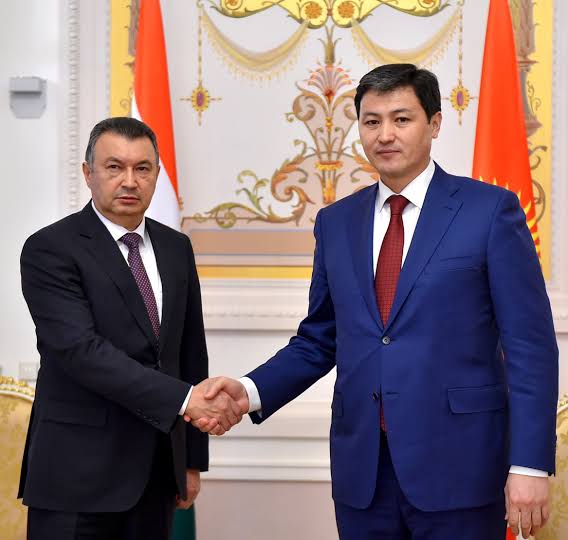Kyrgyzstan and Tajikistan, both former regions under the Soviet Union, are experiencing violent attacks on their disputed borders. At least 24 people have died in the scuffle.
The violence outbreak began despite a ceasefire deal between the two central Asian countries. Both nations are landlocked with limited resources and impoverished populations. They both have accused each other of starting the fighting.
On Friday, the Interfax agency released a statement that their border enforcements are trying to repel the attacks by the Tajikistan forces in the region.
According to the statements, intense battles are being fought in some areas and the Tajik side continues to shell Kyrgyz positions still. 87 wounded and 24 were killed in battle, according to the Kyrgyz health ministry. The Interfax Russian agency did not confirm how many of those killed were from the Kyrgyz military.
The News agency of Russia had also said that Kyrgyz officials like Tashiev, state committee chief, had confirmed that there have been high numbers of military casualties. Tashi says no one can guarantee what will happen tomorrow and the situation is rough.
The agency also reported that more than 136,000 civilians had been evacuated from the danger zone. This was confirmed by Kyrgyzstan’s emergency ministry.
Just a while back before the violent outbreak, both the country’s leaders, President Sadyr Japarov of Kyrgyzstan and President Rakhmon of Tajikistan had unanimously agreed upon a ceasefire which had ordered the military troops to pull back from the borders. Kasparov’s office said that the agreement had been made in Uzbekistan, at a regional summit.
Kyrgyzstan borders and the troubles around it

The Kyrgyz authorities revealed that they have been fighting on the southern borders where the area is surrounded by Tajikistan on the north, south, and west fronts and by Uzbekistan on the northeast. There is also a Tajik exclave in the region called Vorukh.
The area is infamous for the troubles it causes. The area is riddled with problems related to ethnic, socio-economic problems, and geographical politics. Last year, some hostilities in the region could have also resulted in an all-out war.
Though small scuffles on the border are frequent and sudden, they usually fizzle out just as quickly.
It seems like the former soviet territories are all currently dealing with war-like situations, The Tajik-Kyrgyz violent attacks broke out when the Russia-Ukraine war is still ongoing and Azerbaijan and Armenia are also holding off hostilities on their borders.
According to intel from Kyrgyz forces, Tajikistan is using brute force to take over parts near the border. They are utilizing the power of tanks, mortars, and weapons carriers to enter nearby villages. One of the Kyrgyz airports in Batken town had been destroyed due to the brutality of Tajik troops.
In response, Tajikistan had also accused Kyrgyzstan of using “heavy weaponry” to force their way into seven of their villages and shelling a military outpost.

No hope for peace
Experts like Umarov, an International peace fellow at Carnegie say that while the remote villages near the border are of no significant political importance, both countries have decided to target them for war profits.
According to him, it is now impossible to exchange territories in the region to appease either side because both nations are currently on a war path with nationalistic and populist ideologies.
Central Asia has also been riddled with geographical and political troubles which get escalated quickly. The nations have a long history of aggression and sometimes pacifism towards each other. The current scenario for the region is not hopeful for the local people living in impoverished circumstances in these troubled countries where a war breaking out is always a possibility.
Though, the preservation of culture and strong ethnic ties within particular areas also help to quickly de-escalate and diffuse heavy situations. For centuries now, countries in central Asia have continued to maintain independent identities despite the heavy political and militarised dominance of bigger neighboring nations like China and Russia vying for power.













